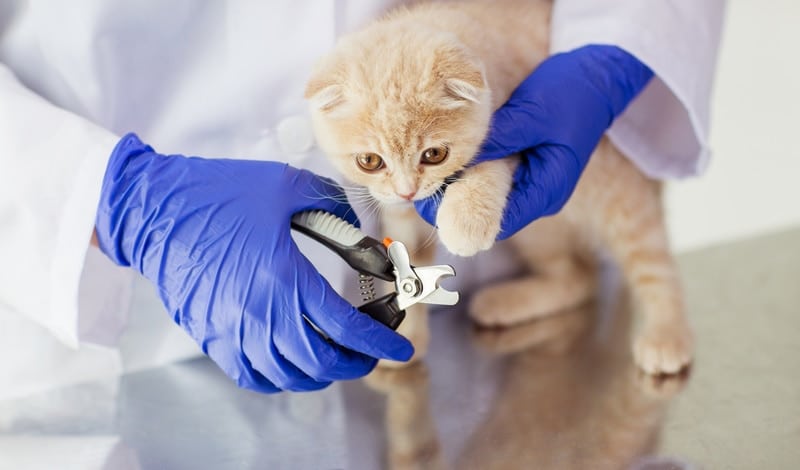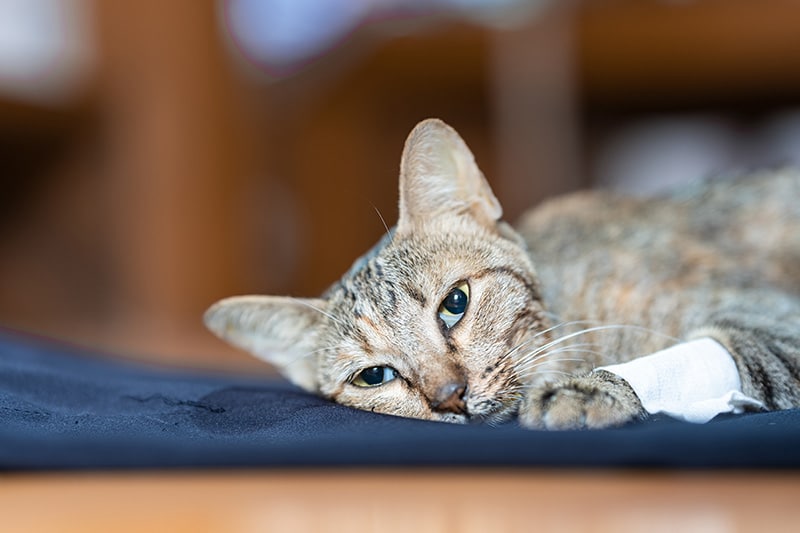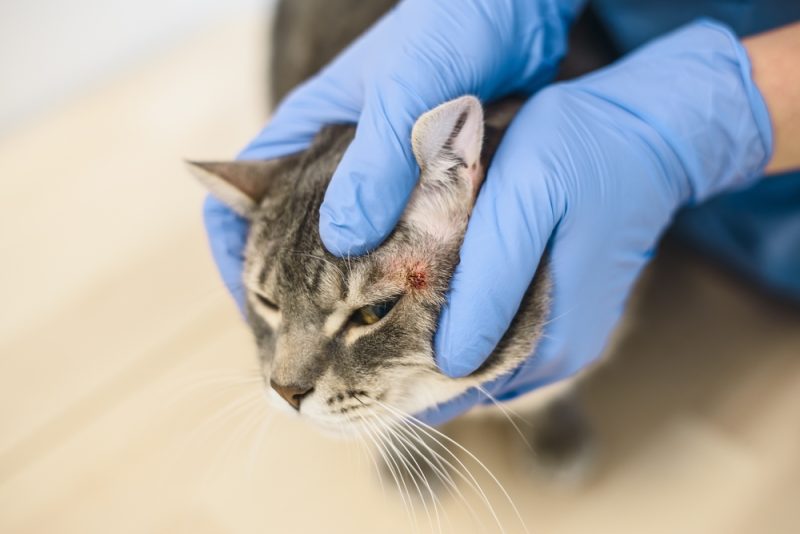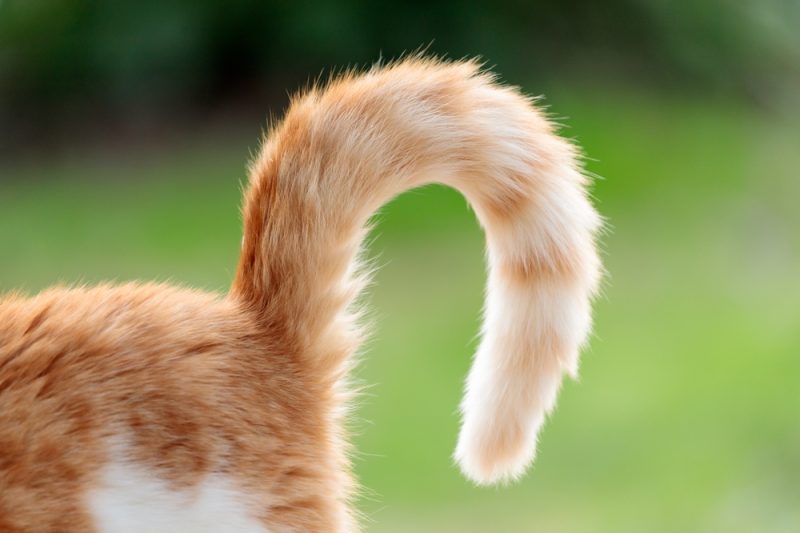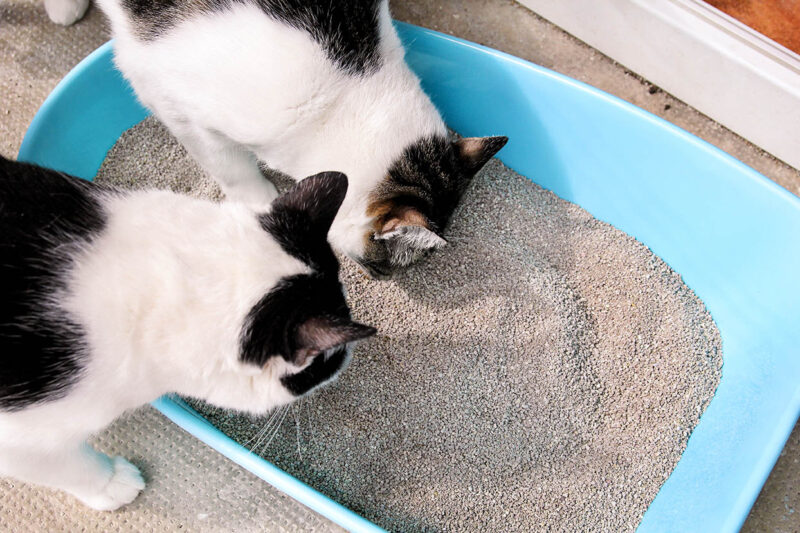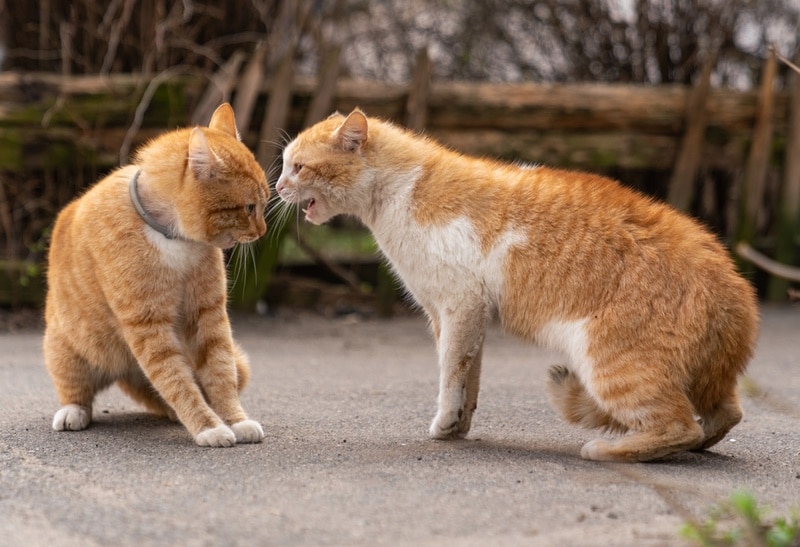Cats are usually sweet and gentle, especially as they outgrow their rambunctious kitten phase. But what happens when you have an aggressive cat? Hissing, clawing, and biting isn’t fun for anyone, especially if it creates conflict with family members or other household pets.
Aggression issues can come from many sources, including an abuse history or health problems. Unfortunately, many aggressive cats end up in a shelter or on the street, but it doesn’t have to be that way. Here are five expert ways to handle aggressive cats and restore harmony in your household.

The 5 Expert Tips to Handle Aggressive Cats:
1. Get a Vet Checkup
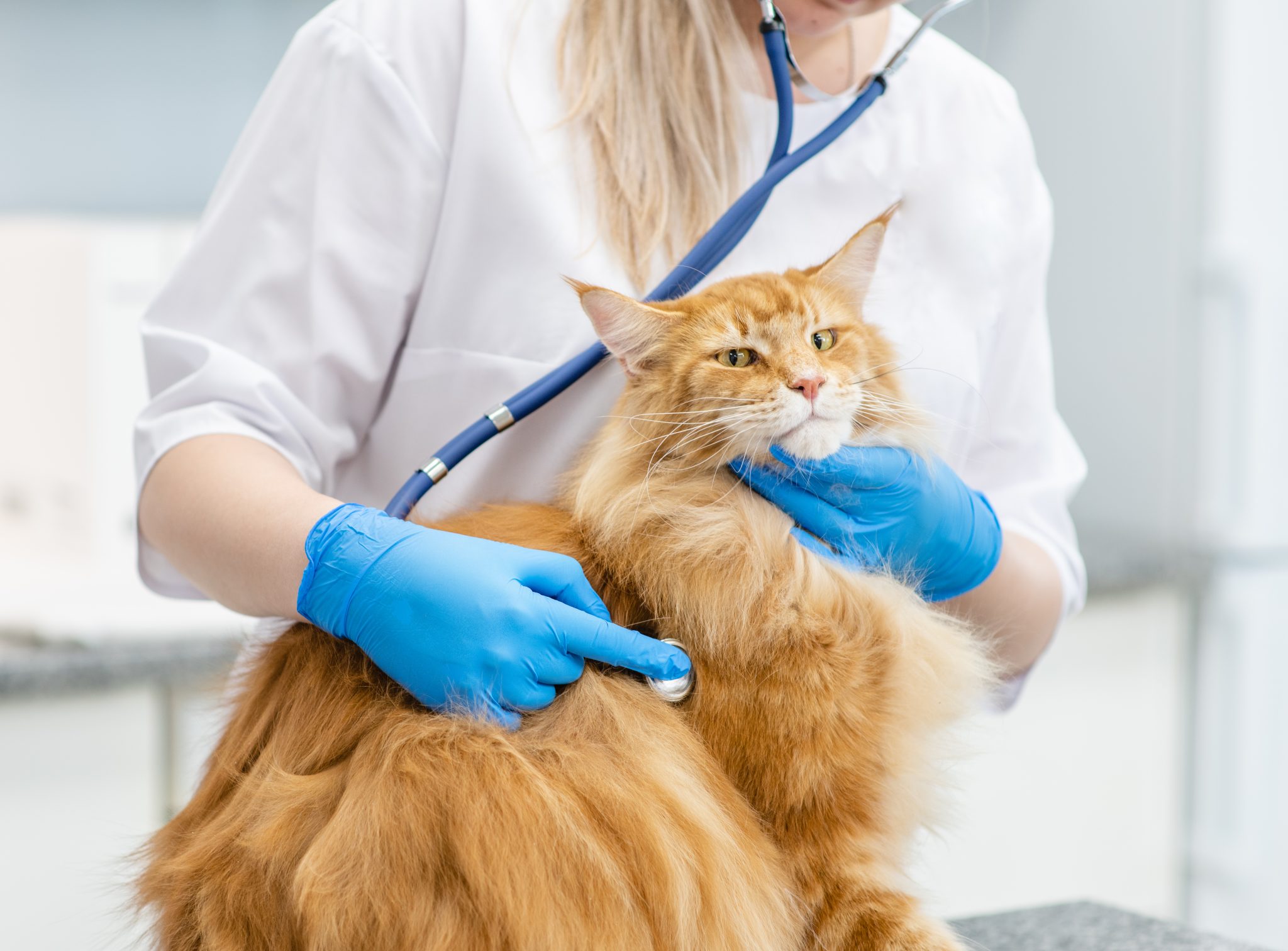
| Difficulty | Moderate |
| Cost | Potentially high |
| Time commitment | Potentially high |
The first step in addressing any aggression issue in your cat, or any other pet, is a vet checkup. Aggression can be caused by medical issues, such as pain or anxiety, and may be treatable. The vet can rule out any possible medical causes and address any that show up. In addition, the vet may be able to prescribe medication, even in the short term, lifestyle changes, or other interventions to help you address your cat’s aggression.
- Gets to the root cause and appropriate treatment
- Addresses your cat’s health
- Potentially expensive
If you need to speak with a vet but can't get to one, head over to PangoVet. It's an online service where you can talk to a vet online and get the advice you need for your pet — all at an affordable price!

2. Teach Children Boundaries

| Difficulty: | Moderate |
| Cost: | Zero |
| Time commitment: | Moderate |
Children and pets don’t always mix, especially with cats that aren’t tolerant. Young children can be too boisterous for a cat, and even the most well-meaning child can accidentally hurt cats by pulling on their tails or ears, pinching fur, or handling them roughly, leading to a scratch or bite. It’s important to teach your children how to behave appropriately around your cat (and other pets), not only for their own safety but for the safety and comfort of your cat. Furthermore, children should always be supervised around pets, and it’s best to keep them in different areas when that’s not possible.
- Safety for both cats and children
- Keeps your cat comfortable
- Zero cost
- Time commitment
3. Offer a Safe Space
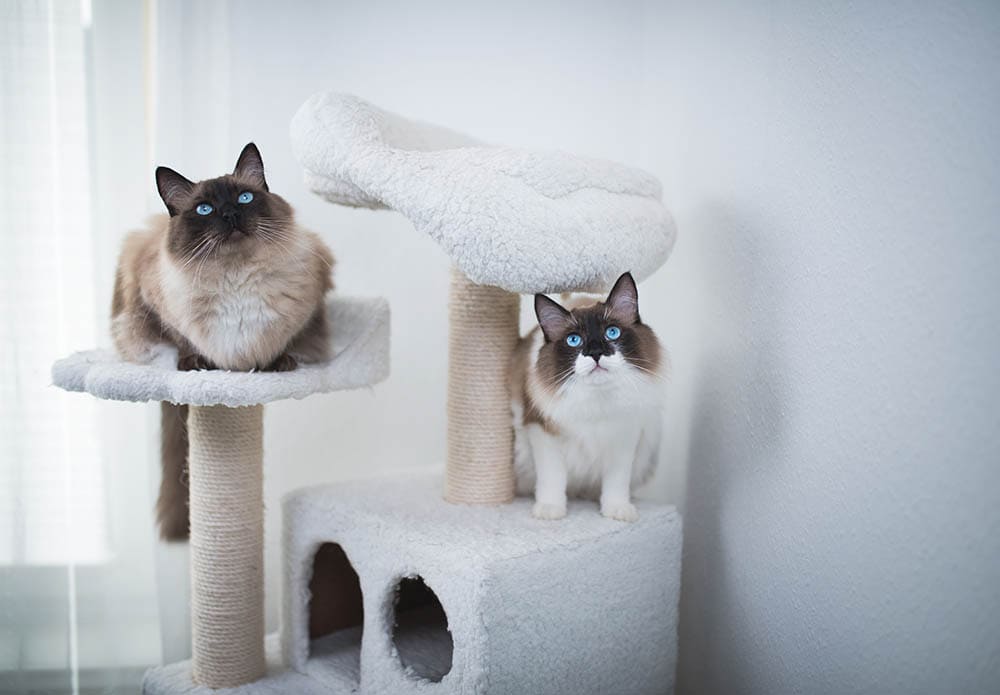
| Difficulty: | Easy |
| Cost: | Low |
| Time commitment: | Low |
If a cat is becoming aggressive, they may need their own space to mellow out and get away from whatever is causing stress. You can’t control every stress trigger your cat encounters, but you can provide a safe space for them to escape. Cats are largely solitary creatures, and though they can coexist peacefully in multi-pet households, they may still need some alone time. You can provide a room, a high shelf with a condo, or a cat tree with different hiding spots—whatever provides privacy and solitude for your cat. You can even try adding calming pheromone diffusers in their safe space, such as Feliway, to help curb their stress.
- Addresses environmental stress
- Ongoing solution
- May be difficult in small homes and apartments
4. Don’t Punish
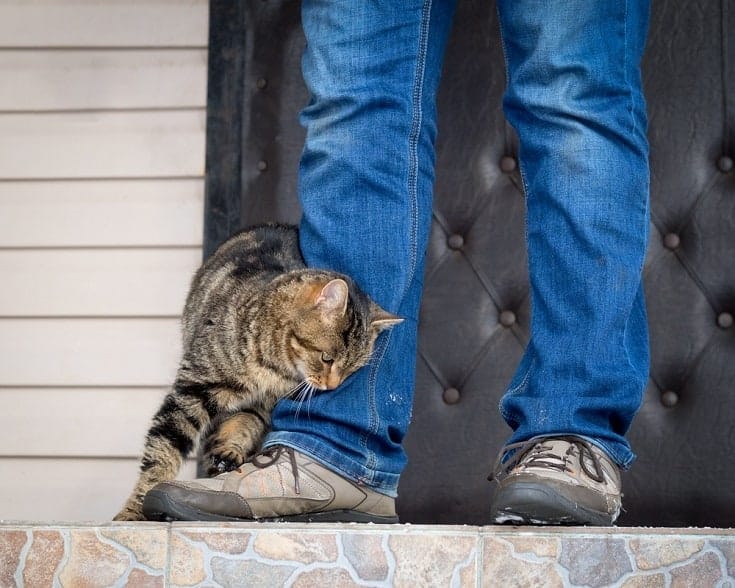
| Difficulty: | Moderate |
| Cost: | Zero |
| Time commitment: | Potentially high |
Behavioral modification can be difficult with cats. They respond to rewards-based training and modification, not punishments. Resist the urge to yell, scold, swat, hit, or spray your cat with a water bottle in response to aggressive behaviors. Cats don’t respond to negativity; doing so may only serve to increase aggression and put your cat on the defensive. Instead, use rewards to reinforce the behaviors you want instead of aggression, such as lying with you, allowing you to pet them, or purring or rubbing against you.
- Builds positive behaviors
- Takes time and consistency
5. Consult a Behaviorist

| Difficulty: | Moderate |
| Cost: | Moderate |
| Time commitment: | Moderate |
If the previous interventions haven’t improved your cat’s aggression, they’re not necessarily bound for the shelter. Consult with a professional veterinary behaviorist to get to the root cause of your cat’s aggression. These professionals are trained in animal behavior and may recommend a combination of behavioral modification, environmental modification, and short-term medication to treat aggression and reinforce non-aggressive behavior.
- Corrects behavior positively
- Promotes lifelong habits
- Potentially expensive and time-consuming

Types of Cat Aggression
One of the challenges with cat aggression is that it can come from a variety of sources, all of which need to be treated differently.
- Play aggression: This occurs from improper socialization at a young age.
- Fear aggression: This occurs when the cat is scared by a sound, animal, or unfamiliar person or situation and associates it with an unpleasant experience.
- Pain-induced aggression: This happens when a cat is avoiding being touched or moved in a way that would worsen pain and is commonly seen when there’s an underlying medical issue.
- Status-induced aggression: Cats will try to use aggression to establish dominance, particularly with other household pets or humans.
- Territorial aggression: Cats are territorial and may show aggression to defend their territory from other household pets or humans.
- Inter-cat aggression: Males, and occasionally females, will show aggression toward same-sex cats as they approach sexual maturity. Spaying or neutering can address this problem.
- Redirected aggression: Cats may become aggressive if they encounter a stimulus and can’t react directly. Instead, they redirect aggression toward a nearby human or pet.
- Petting-induced aggression: Some cats will become aggressive while being petted for unknown reasons. This may also occur while grooming.

Conclusion
Cat aggression can be challenging and may put other pets or people in the household at risk, but not all hope is lost. Aggression can come from many possible sources and can be corrected, especially once the underlying cause is identified. Try these tips to correct your cat’s aggression, or consult a veterinary behaviorist to teach your cat appropriate behaviors.
Featured Image Credit: Seregraff, Shutterstock



